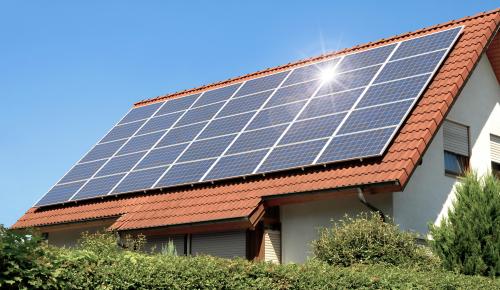Utility Regulation & Ratemaking
Utility regulation is different in every state and province, and for every sector. But good, time-tested regulatory and ratemaking principles don't change. We bring balanced analysis to facilitate utility regulation that works for ratepayers and for jurisdictions' policy goals.

Overview
Because it's a natural monopoly, the electricity sector and gas distribution systems require constant vigilance on the part of regulators and stakeholders to ensure utilities and energy systems operate in the public interest. Synapse assists with reviewing proposed and existing utility investments in infrastructure and programs. We also provide technical support on alternative regulation and rate design. And critical to equitable decarbonization of the energy industry, our experts provide guidance on shaping the regulatory future of the gas utilities.
Utility Investment Review
Synapse reviews proposed and existing utility investments to determine if they align with the public interest. Clients hire us to participate in resource planning dockets, rates cases, and other dockets to support prudent and cost-effective use of ratepayer money that aligns with policy goals.
Alternative Regulation
Regulators have an evolving set of regulatory tools available to ensure utilities have appropriate incentives to align utility planning and operation with the public interest. Synapse helps design and/or review alternative regulation frameworks such as performance-based regulation and performance incentive mechanisms.
Future of Gas
As more and more jurisdictions enact policies to decarbonize energy use, the question of what happens to gas distribution utilities and their customers looms larger. Synapse is assisting various states and other regulatory jurisdictions grapple with this challenge in a way that minimizes risk for gas customers.
Rate Design & Cost Allocation
Synapse provides expertise in developing and reviewing rate designs that meet the changing needs of the electric sector. These designs need to support clean energy goals, minimize strain on the electric grid by shifting peak load, and ensure ratepayers of different categories are not paying more than they should be paying.
Contact an Expert





